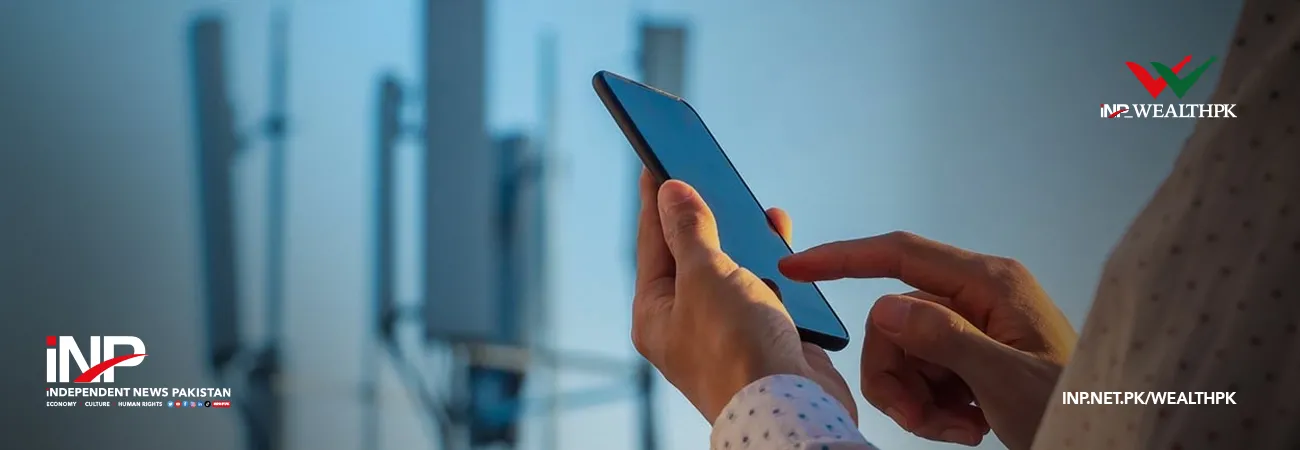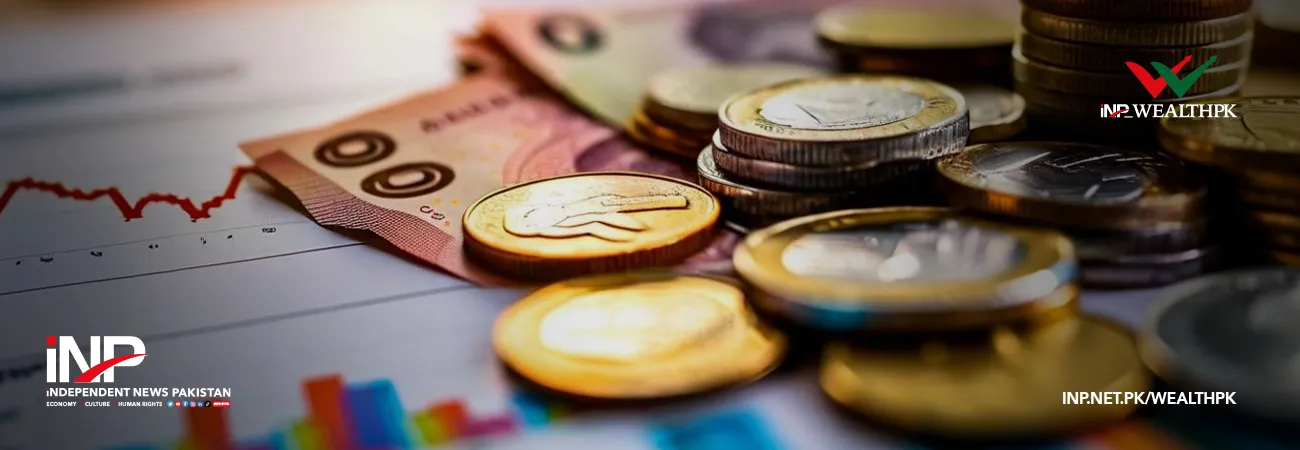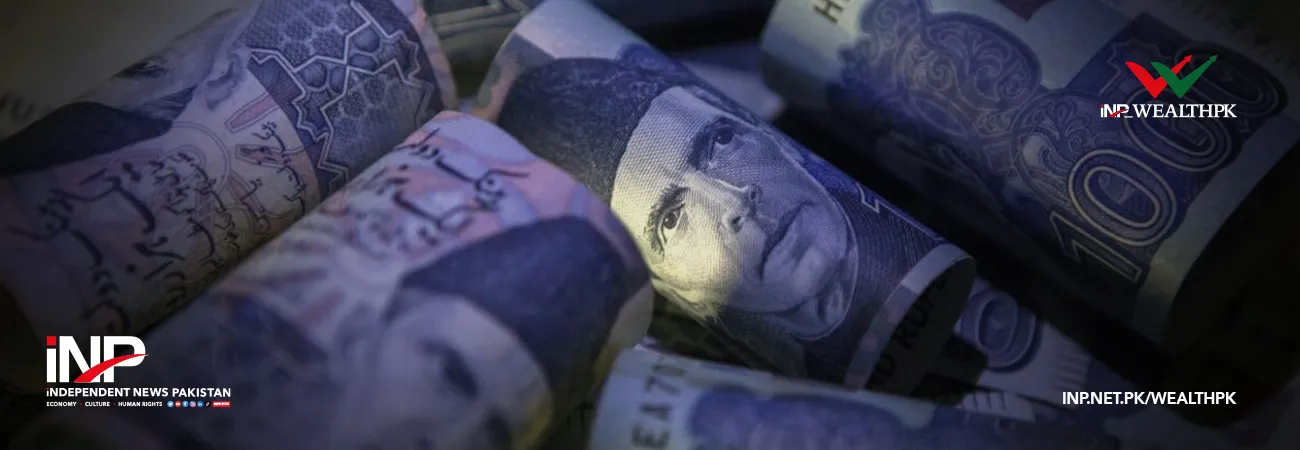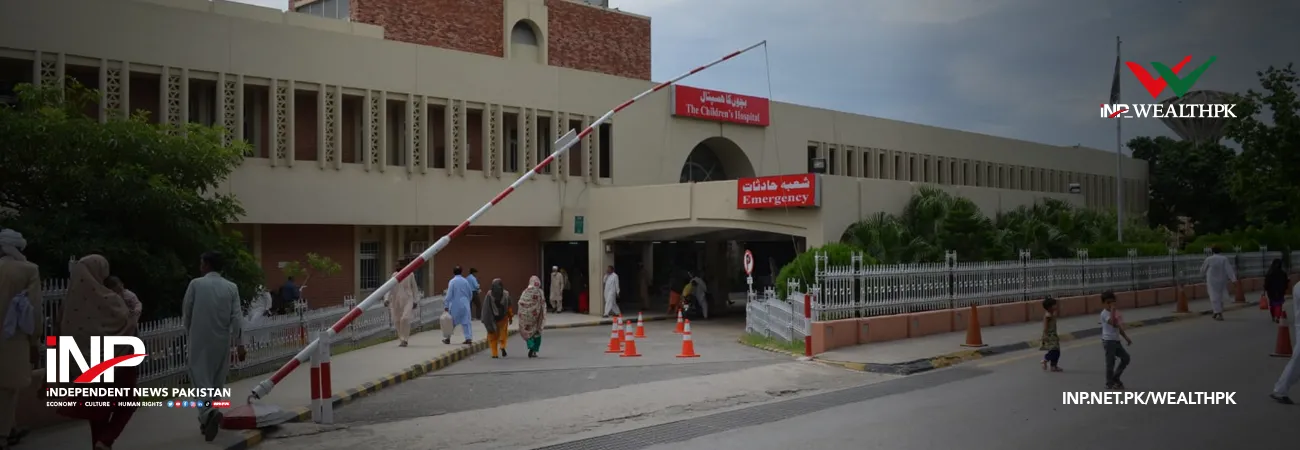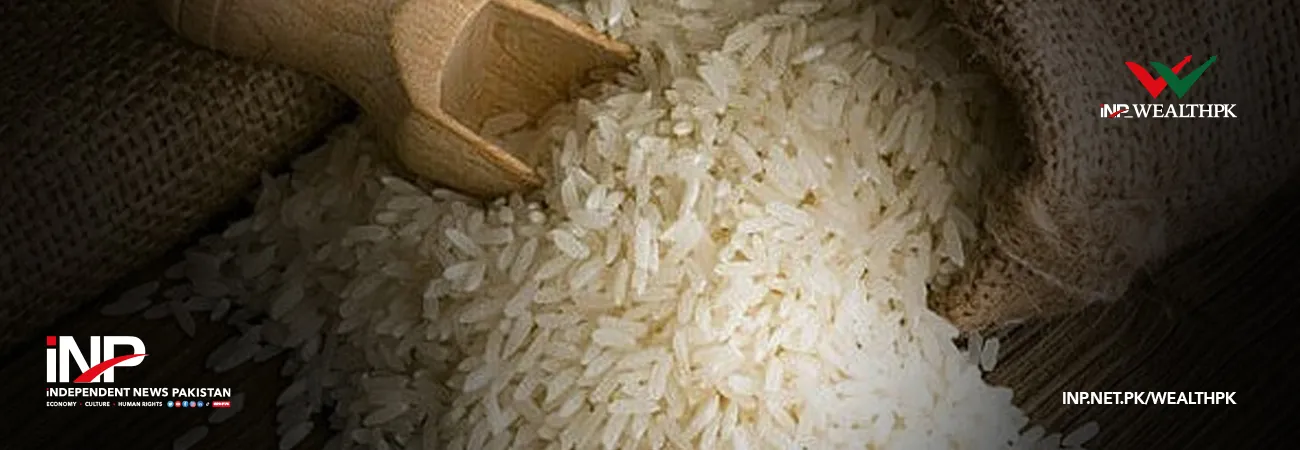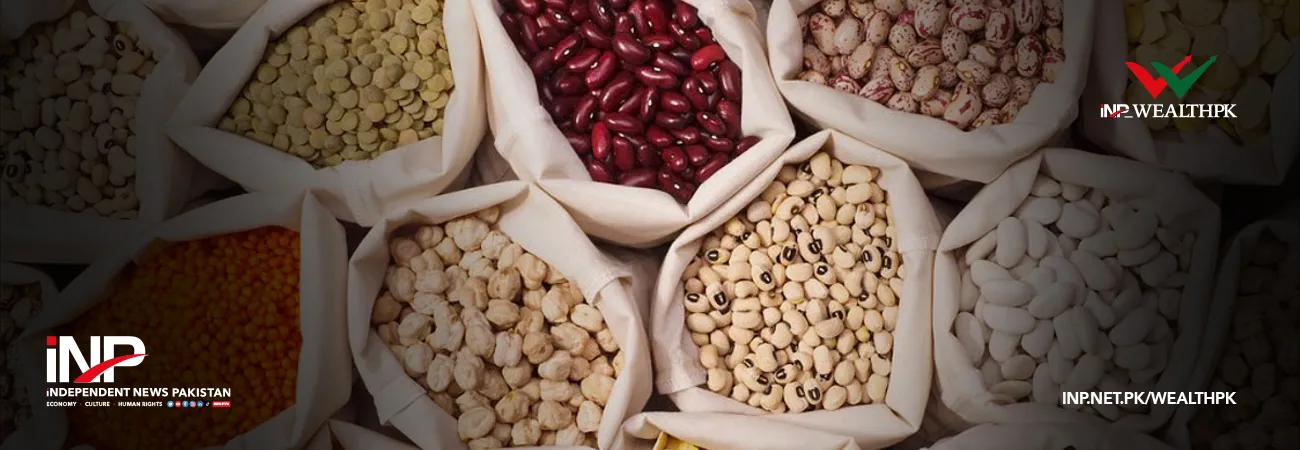INP-WealthPk
Aitizaz Hassan ISLAMABAD, May 16 (INP-WealthPk): Access to high-speed and affordable internet is a pre-requisite to participate in e-commerce and fintech. Pakistan has recently taken a number of steps to strengthen its Information Communication and Technology (ICT) infrastructure in order to promote the e-commerce industry, reports WealthPK. To improve broadband internet access, the government has approved a three-year rolling spectrum strategy. The Pakistan Telecom Authority (PTA) will gradually phase out 2G network while enabling 4G, 5G and Long-Term Evolution (LTE) services. In spite of several steps taken by the government, the contribution of telecommunication in fintech and e-commerce is bit low. Khawaja Saud Masud, a well-known startups consultant and IT analyst, told WealthPK that as of March 2022, Pakistan had 113 million 3G/4G subscribers and 116 million broadband subscribers. These are healthy figures but the e-commerce transaction value is still very small compared to the overall retail flows, he said. According to Saud, e-commerce raised around $6 billion in 2021 which was only 2% of the total Pakistani retail market. ‘’The Covid-19 pandemic globally catalyzed e-commerce and e-business in general and Pakistan was no exception. We will see higher adoption of e-commerce, especially business to consumer. I would not be surprised if Pakistan's e-commerce grows three times bigger against the current situation in the next five years,” he said. According to the PTA’s annual report, 50 percent of the country’s population has subscribed to broadband, with the bulk (49%) consisting of mobile broadband connections. There are 192 million cellular services users in Pakistan and a subscriber’s average mobile data usage is 7GB per month. Statista – a data provider forum – also sees potential in Pakistan’s e-commerce. According to Statista, Pakistan is the 37th largest market for e-commerce with a revenue of USD6 billion in 2021, placing it ahead of Iran and behind Israel. With an increase of 45% locally, Pakistan’s e-commerce market contributed to the worldwide growth rate of 29% in 2021. The PTA annual report says the fintech sector is struggling in Pakistan despite various regulatory reforms and market efforts and has contributed only PKR2.2 billion in 2021 as against PKR235 billion of e-commerce worth. Approximately 60% of e-commerce transactions in Pakistan are carried out through cash on delivery (COD) and the remaining 40% through digital, fintech channel and mobile wallets. Pakistan faces another problem in terms of gender participation in the financial sector. According to the State Bank of Pakistan, only 29% of women have a bank account, 25% own a mobile handset (out of a total of 46 million mobile owners in Pakistan), while 18% correspondingly have a digital banking account. Women’s Branchless Banking (BB) accounts stand at 18.8 million as against 55.7 million accounts held by men. The digital financial gender gap in Pakistan is 64%. With only 0.7% of the female population having credit card, the use of e-commerce platforms is impossible unless using COD or other money transfer channels like Jazz Cash, Easy Paisa, etc. Women make a meagre 3.3% of the total online transactions taking place in Pakistan.






